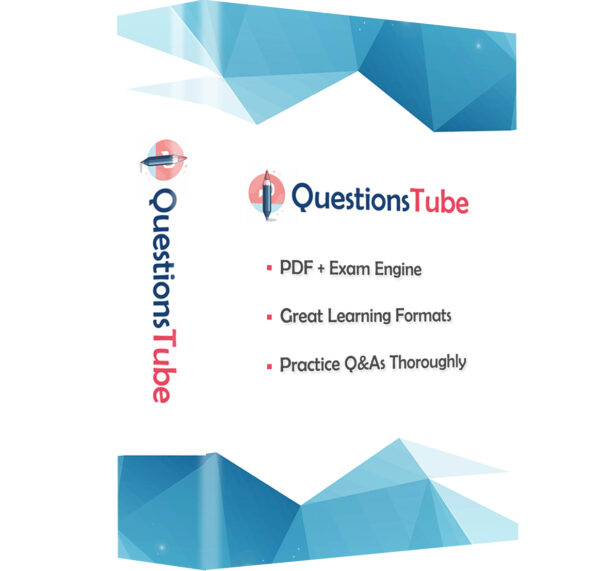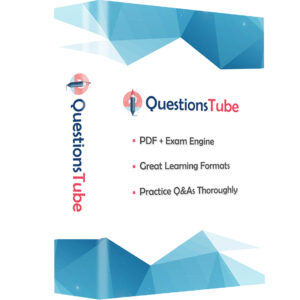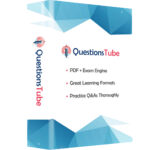Order our PL-500 Practice Questions Today and Get Ready to Pass with Flying Colors!
Go To test PL-500 Free Questions
Product Description
Introduce Microsoft PL-500 Exam
The Microsoft Power Automate RPA Developer PL-500 exam is the part of the requirements for Microsoft Certified: Power Automate RPA Developer Associate certification. Candidates for the PL-500 exam automate time-consuming and repetitive tasks by using Microsoft Power Automate. They review solution requirements, create process documentation, and design, develop, troubleshoot, and evaluate solutions. The Microsoft PL-500 exam is available in multiple languages, including English, Chinese (Simplified), German, Spanish, French, Italian, Japanese, Portuguese (Brazil). Make sure that you can pass the PL-500 exam and earn the Microsoft Certified: Power Automate RPA Developer Associate certification to promote your positions.
Learning PL-500 Exam Objectives Is Strongly Recommended
- Evaluate whether a target application can be automated
- Choose which automation technology to use to interact with a target application, including using selectors and user interface element inspection
- Plan connection, payload, and other relevant information for required APIs
- Verify access to target applications
- Differentiate cloud flows and desktop flows
- Select which logical components are required for a solution, including flows, trigger connectors, canvas apps, and model-driven apps
- Develop a strategy for running flows, including running flows serially or in parallel
- Choose connectors for a solution, including custom connectors
- Design an automation model that includes required flow types and automation methods
- Select the types of triggers to use to meet specific business requirements
- Choose whether to run a desktop flow attended versus unattended
- Develop fault tolerance requirements for the solution
- Design required user interface elements for a solution
- Design retry and exception handling logic
- Design a strategy for scaling a solution and reusing solution components
- Design required variables and variable types
- Create custom connectors
- Create components to launch, connect to, and authenticate with target applications
- Create components to perform business logic and process transactional work
- Create components to safely exit from and close target applications
- Create components that perform actions by calling external APIs
- Implement actions to perform application integration tasks
- Implement system actions to run custom scripts and change target screen resolution
- Implement Power Automate actions to run Office Scripts
- Create flows by using Microsoft Visio, the mobile app for Power Automate, and other tools
- Select an environment for the solution, and configure environment details
- Map target application accounts to environments and other solution components
- Configure connection features, and manage references to connections
- Configure flow queues, triggers, and schedules
- Create exception handling blocks to manage business and system exceptions
- Create routines to handle and log errors and business exceptions
- Create routines to manipulate Power Automate data objects, including JSON objects
- Configure role-based security
- Configure security for sensitive data
- Describe use cases for and capabilities of AI Builder
- Describe the Bring your own AI model feature
- Differentiate between prebuilt and custom-trained AI Builder models
- Select the appropriate AI Builder model for a solution
- Differentiate between features and behaviors of debug and compiled solutions
- Create and implement a test plan
- Perform unit testing, and resolve identified issues
- Configure and run attended and unattended desktop flows
- Debug solutions by using Power Automate debugging features, including Run from here and breakpoints
- Identify machine-level differences and dependencies
- Prepare and deploy solutions to a user acceptance testing (UAT) environment
- Configure machine management options, including machine registration and machine groups
- Implement queue management to distribute workloads
- Implement logging and alerts
- Implement role-based access control (RBAC)
- Manage credentials by using Azure Key Vault
- Determine whether to implement data loss prevention (DLP) policies at the tenant level or the environment level
- Implement Data Loss Prevention (DLP) policies and other options to help prevent exposure of sensitive and confidential data
- Connect to on-premises data sources by using an on-premises data gateway
- Create and manage environment variables and solution configuration files
- Select a package type, and prepare a solution package
- Configure priority for flows
- Configure machines and machine groups
- Configure child flows
- Replicate settings from development and user acceptance testing (UAT) environments to production
- Deploy a solution to a production environment
- Describe use cases for and capabilities of process advisor
- Monitor solutions by using process advisor
- Upgrade and update solutions
- Describe the process for sharing solutions
- Create a copy of a cloud flow, and send the flow to other users
- Share a cloud flow with a user as a co-owner or run-only user
- Share a desktop flow
- Share machines and machine groups
How can you prepare for the PL-500 exam well? One of the best ways is to use PL-500 practice questions of QuestionsTube.
Our PL-500 Practice Questions include:
– PL-500 exam questions and answers: These are the most updated and accurate questions and answers that reflect the real exam content and format. You can practice them online or offline and check your answers with detailed explanations.
– PL-500 exam questions pdf: It is the most valid and effective pdf file that contains the actual exam questions and answers. You can download it and use to read all the questions and answers anytime and anywhere.
– PL-500 ICE exam engine: This is a powerful tool that simulates the real exam environment and allows you to test your knowledge and skills under time pressure. You can customize your exam mode, difficulty level, question type, and number of questions.
– PL-500 free update: This is a great advantage of QuestionsTube’s PL-500 exam questions. You can choose the free update privilege to make sure that you will always have the latest study materials in a valid period.
By using our PL-500 exam materials, you can:
– Save your time and money: You don’t need to spend hours searching for other sources or paying for expensive courses or books. Our PL-500 exam materials are enough to prepare you for the exam.
– Enhance your confidence and performance: You can familiarize yourself with the exam format and content and improve your speed and accuracy. You can also identify your strengths and weaknesses, and work on them accordingly.
– Guarantee your success: We have a high pass rate and a full refund policy. If you use our PL-500 exam materials and fail the exam, we will refund your money without any hassle.










Reviews
There are no reviews yet.